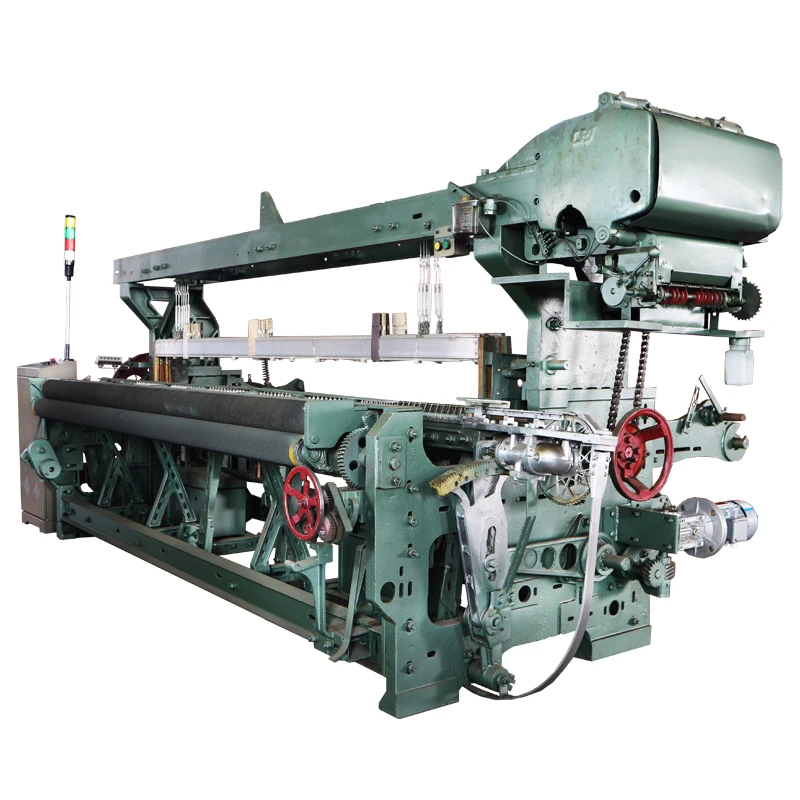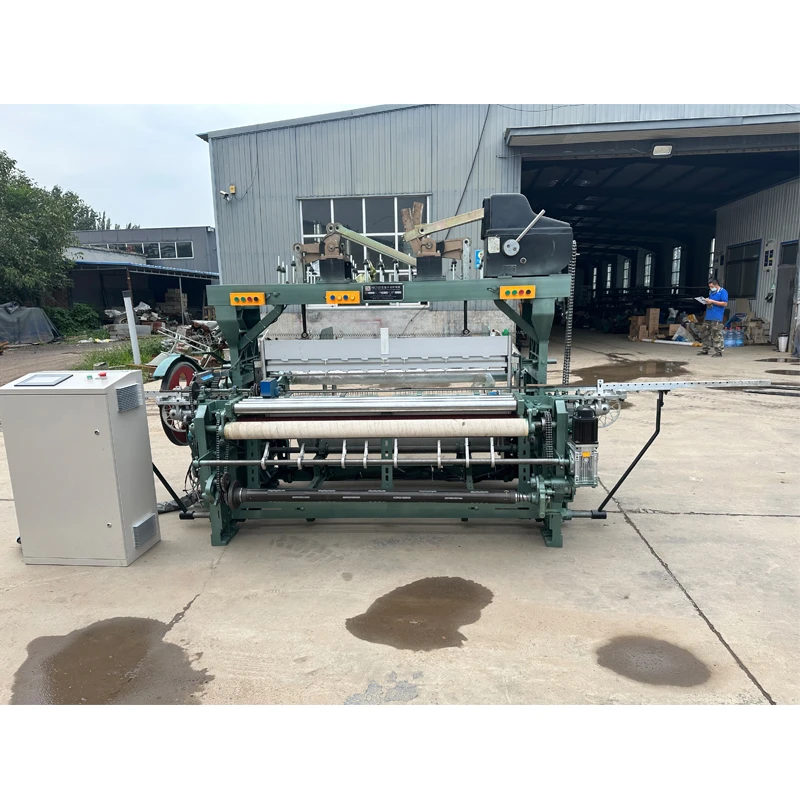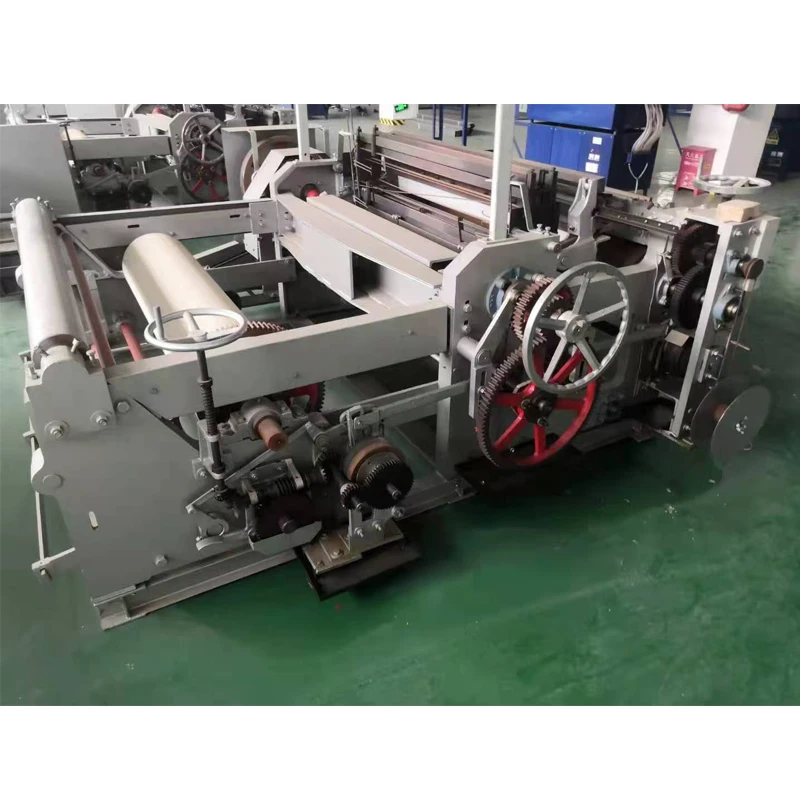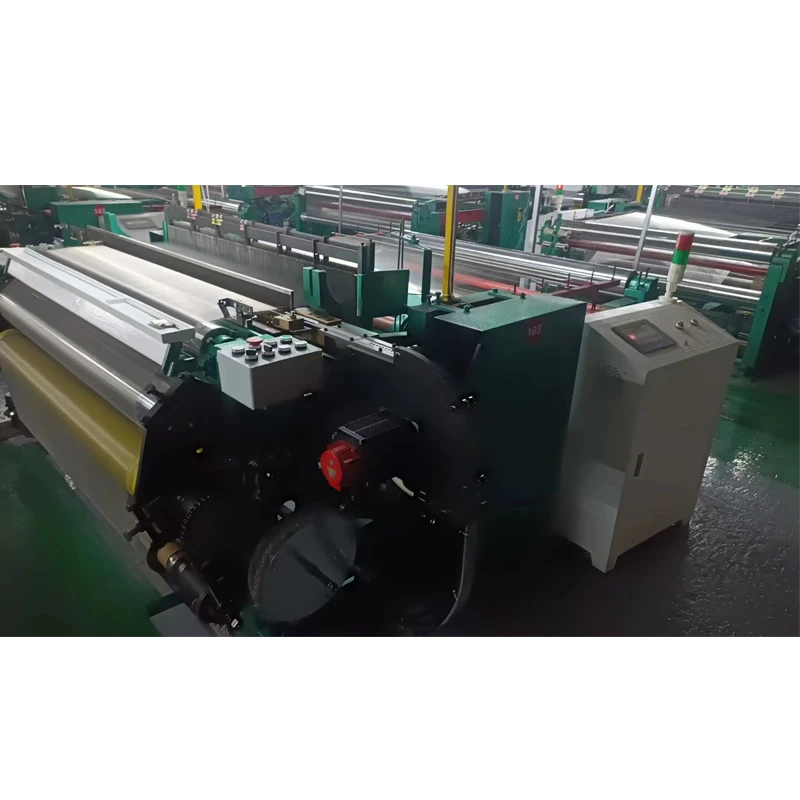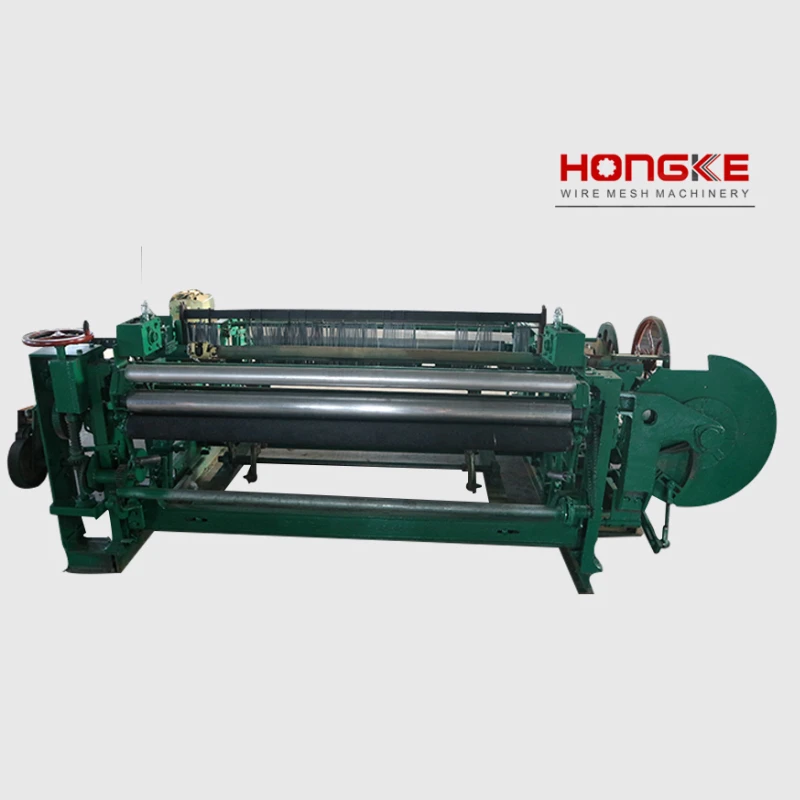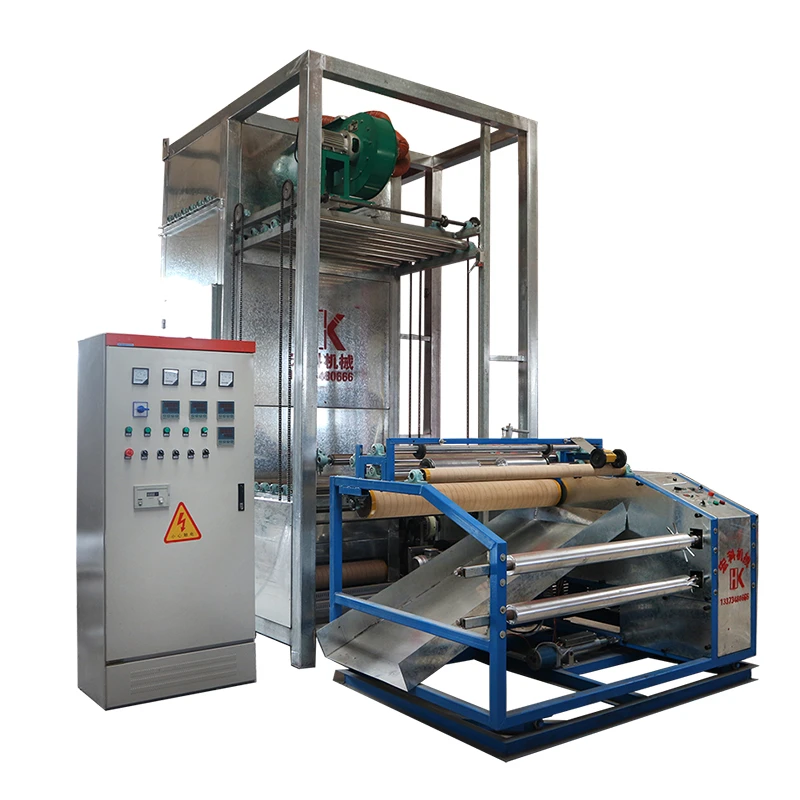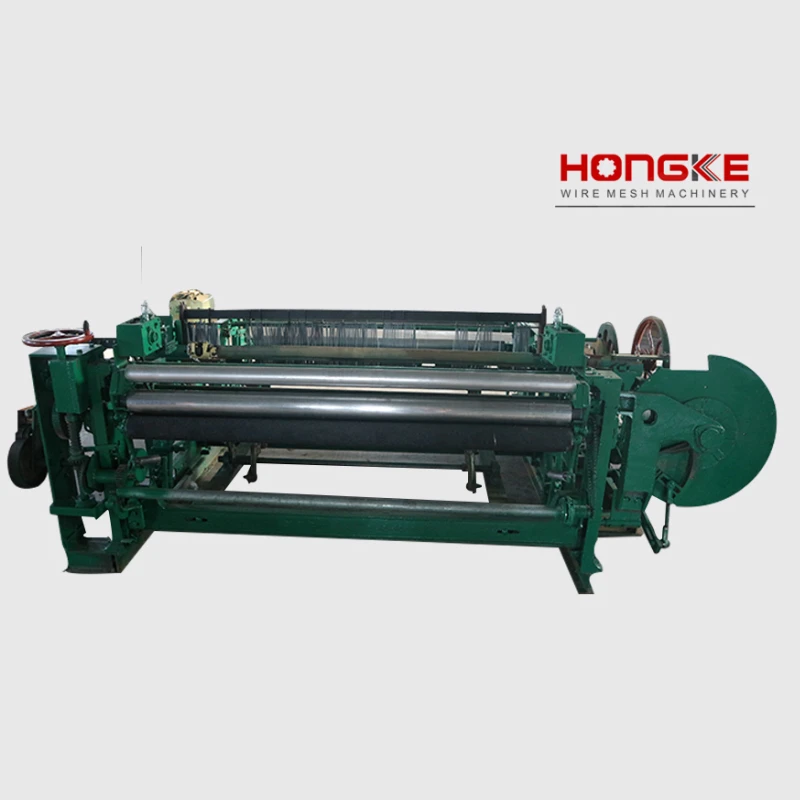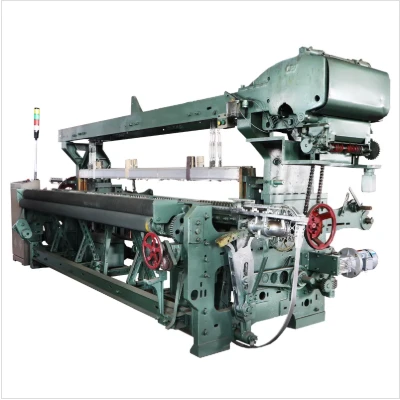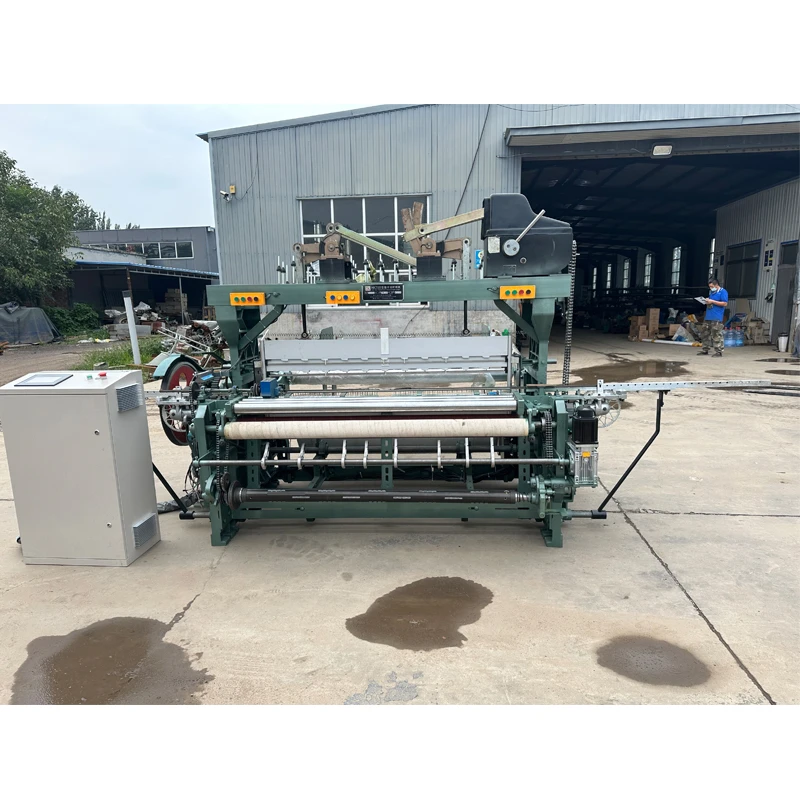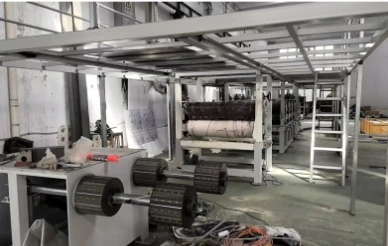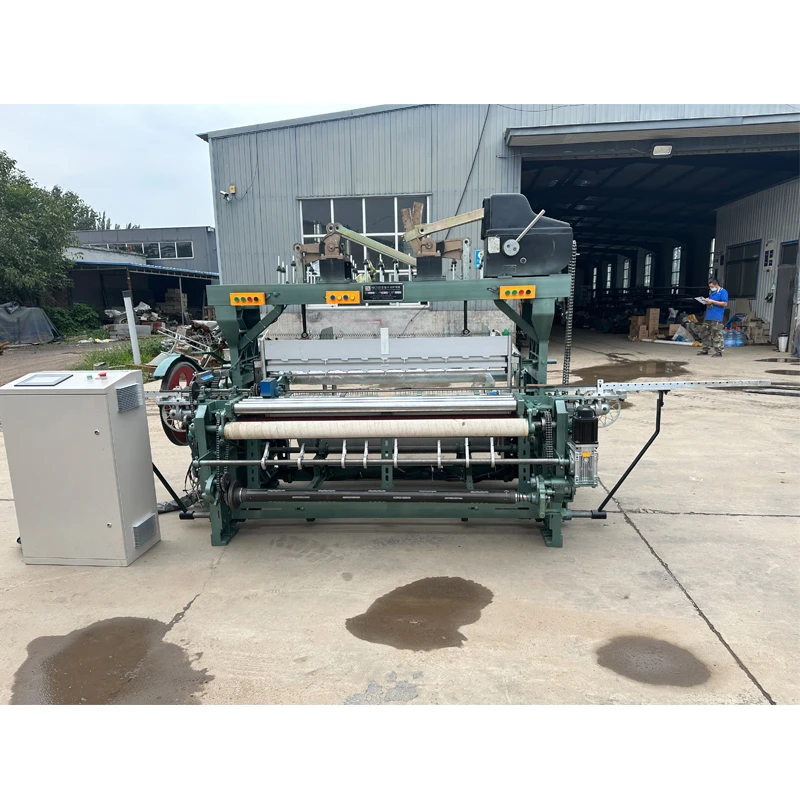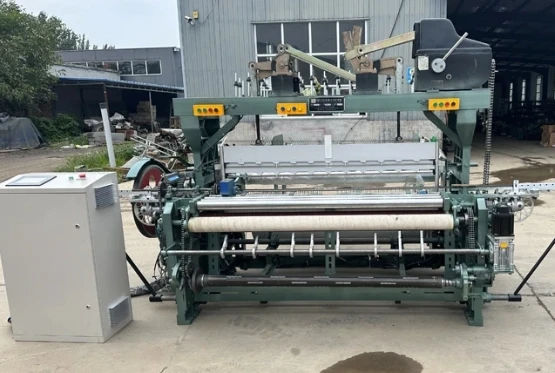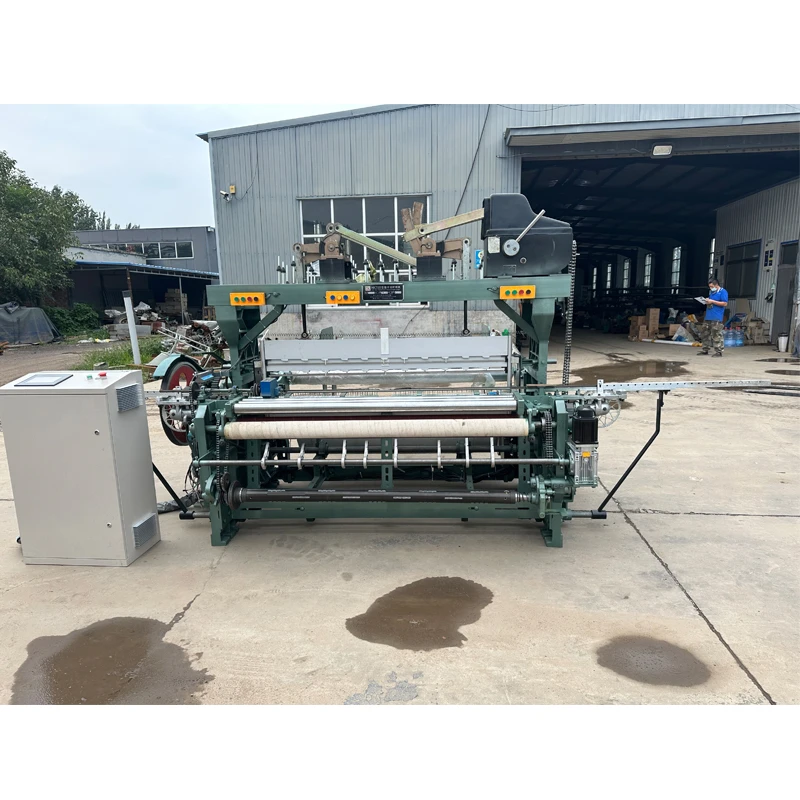
The surge in demand for lightweight, high-strength materials across industries like aerospace, automotive, and sports equipment has propelled the importance of the carbon fiber machine. This specialized equipment is pivotal for manufacturing carbon fiber products, known for their excellent strength-to-weight ratio and corrosion resistance.
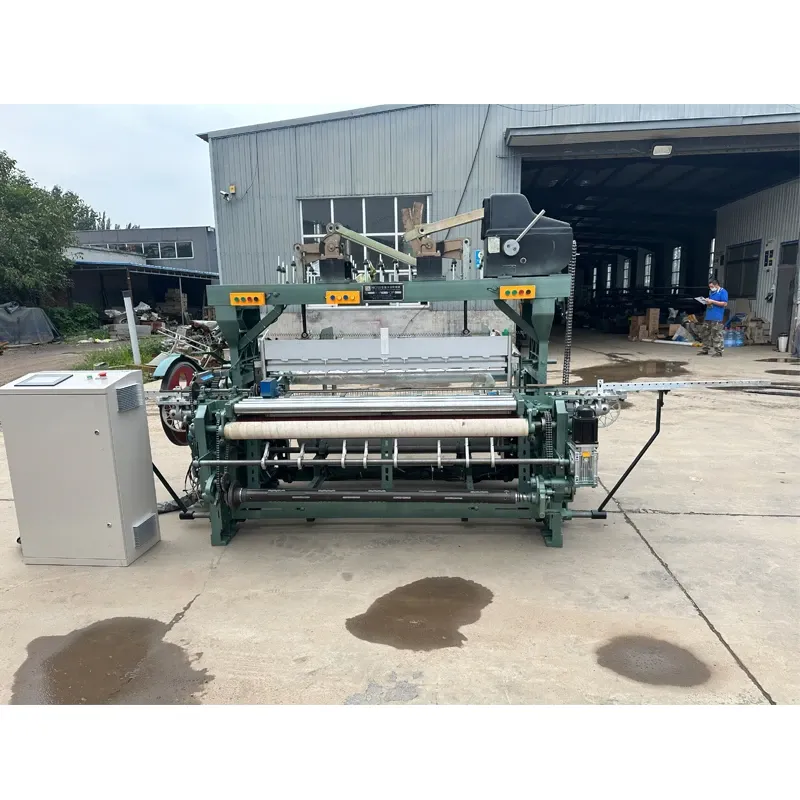
A carbon fiber machine precisely processes raw carbon fibers, enabling manufacturers to create strong, flexible, and lightweight composite materials. These machines are engineered to control fiber tension, alignment, and layering, which directly influence the final product’s performance.
Utilizing a high-quality carbon fiber machine ensures consistent fiber distribution and minimal defects, which is essential in producing components that meet stringent safety and durability standards. As innovation in composite technology continues, investing in the right carbon fiber machine can provide manufacturers with a competitive edge in the growing composite materials market.
Carbon Fiber Weaving Machine: Crafting Precision Textiles for Next-Gen Applications
At the heart of composite material fabrication lies the carbon fiber weaving machine, which transforms carbon fiber tows into woven fabrics. This process enhances mechanical properties by interlocking fibers in specific patterns such as plain weave, twill, or satin.
The carbon fiber weaving machine is designed to maintain strict control over fiber tension and alignment during the weaving process, reducing imperfections and ensuring uniform fabric quality. Advanced machines feature automated controls, multiple harnesses, and high-speed operation to increase output without sacrificing precision.
Manufacturers leverage carbon fiber weaving machines to produce fabrics tailored for aerospace panels, automotive body parts, and high-performance sports equipment. These textiles serve as the foundation for composites that combine lightweight design with exceptional strength.
Investing in a state-of-the-art carbon fiber weaving machine enhances production efficiency and fabric consistency, key drivers for success in the advanced materials industry.
Prepreg Machine Market: Trends and Growth Drivers
The prepreg machine market has experienced rapid expansion due to rising demand for pre-impregnated composite materials in aerospace, wind energy, and automotive sectors. A prepreg machine automates the process of impregnating fiber fabrics with resin, preparing them for molding into lightweight, durable composite parts.
Key trends shaping the prepreg machine market include advancements in automation, integration of eco-friendly resins, and increased adoption of composite materials in mass production. These innovations improve prepreg consistency, reduce waste, and enable scalable manufacturing.
Market growth is also driven by increasing governmental regulations aimed at reducing vehicle emissions, encouraging the use of carbon fiber-reinforced composites in automotive lightweighting.
Understanding the dynamics of the prepreg machine market helps manufacturers and investors make informed decisions about technology adoption and capacity expansion.
Prepreg Machine Manufacturers: Selecting Quality and Innovation
Choosing the right prepreg machine manufacturers is crucial to securing reliable and efficient machinery that meets your production requirements. Leading prepreg machine manufacturers emphasize robust engineering, precise resin application, and user-friendly automation systems.
Top manufacturers offer customized solutions tailored to fiber types, resin systems, and production volumes. They often provide full service packages including installation, training, and maintenance support to optimize machine performance.
Evaluating prepreg machine manufacturers involves assessing their technology offerings, customer references, and after-sales service. Those with certifications such as ISO and CE typically adhere to stringent quality standards.
Collaborating with reputable prepreg machine manufacturers ensures access to cutting-edge technologies and a partner invested in your long-term success in composite manufacturing.
How Carbon Fiber and Prepreg Machines Shape the Future of Advanced Manufacturing
The integration of carbon fiber machines, carbon fiber weaving machines, and prepreg technology is transforming manufacturing across multiple industries. These machines enable the creation of lightweight, high-strength composite materials that are essential for modern applications ranging from aerospace to renewable energy.
By automating fiber weaving and resin impregnation, manufacturers achieve superior product consistency and throughput, while reducing labor costs and material waste. This technological synergy also opens doors for innovation in product design and performance.
As demand for sustainable, high-performance materials grows, the importance of investing in reliable carbon fiber and prepreg machines becomes increasingly clear. Staying ahead in this market means adopting the latest machinery to meet evolving industry standards and customer expectations.
FAQs About Carbon Fiber Machines and Prepreg Equipment
What is the main difference between a carbon fiber machine and a carbon fiber weaving machine?
A carbon fiber machine generally refers to equipment handling raw fiber processing or composite layup, while a carbon fiber weaving machine specifically weaves carbon fiber tows into fabrics used for composites.
What materials do prepreg machines work with?
Prepreg machines impregnate fiber fabrics such as carbon fiber, glass fiber, or aramid fiber with resin systems like epoxy, polyester, or vinyl ester.
How do I choose the right prepreg machine manufacturer?
Consider their machine technology, customization capabilities, after-sales service, certifications, and references from similar industries.
Are carbon fiber weaving machines expensive?
Yes, they are typically a high-investment piece of equipment, but essential for producing high-quality woven carbon fiber textiles for advanced composites.
How does automation impact carbon fiber and prepreg machine production?
Automation increases precision, reduces human error, enhances throughput, and enables consistent product quality in fiber weaving and resin impregnation processes.









